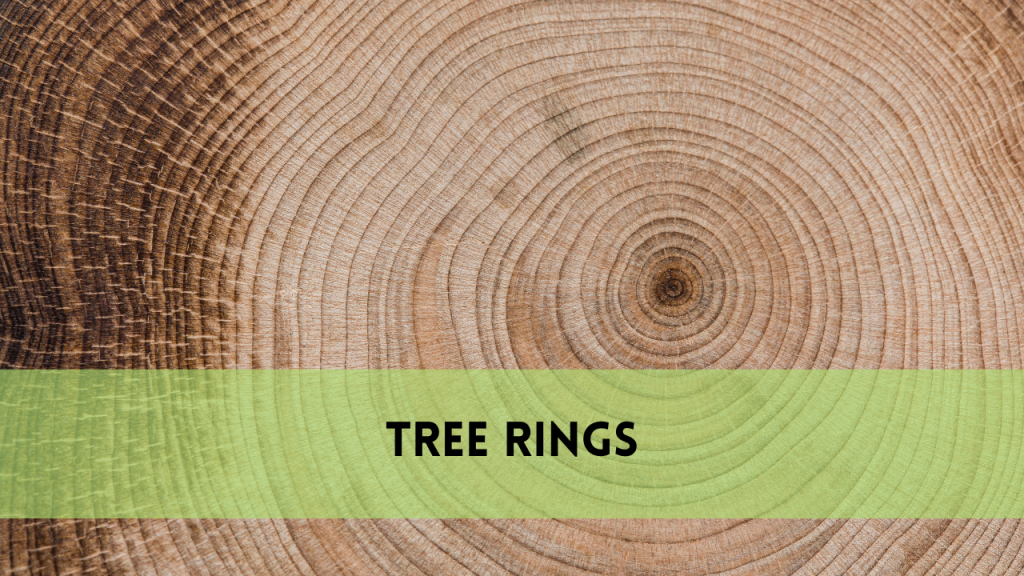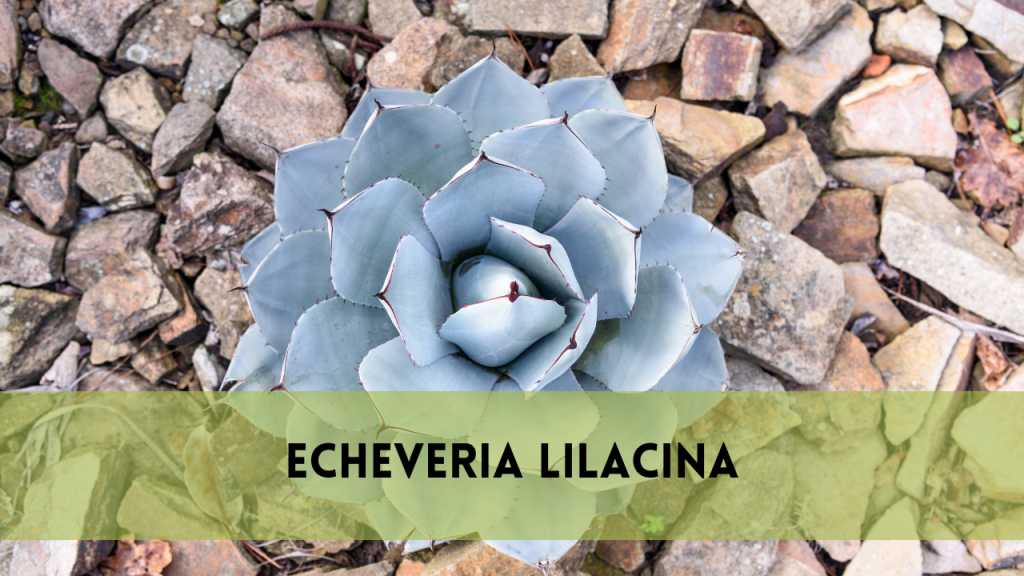Tree with hop like flowers
Welcome to a botanical voyage in which nature’s miracles take front stage: trees with hop-like blossoms. In this extensive guide, created specifically for Arborist Heights, we will explore these unusual trees, uncovering their traits, development cycles, and the skilled care they require. Arborist Heights, a shining example of tree skill, encourages you to explore the delicate features of these botanical beauties. From identification hints to ecological relevance, this book will help you navigate the wide world of trees with hop-like flowers. Join us as we explore the beauty, significance, and skilled care procedures that make these trees such an appealing addition to both urban landscapes and natural ecosystems. Let Arborist Heights be your guide as we reveal the mysteries and exhibit the enchantment.
Importance of Trees with Hop-Like Flowers
In nature’s delicate dance, trees with hop-like blooms emerge as key players, each contributing to the ecological symphony in their own distinctive way. Arborist Heights illuminates the profound significance of these trees, which extends beyond their aesthetic appeal to the very fabric of environmental equilibrium.
Arborist Heights emphasizes the ecological relevance of trees with hop-like blooms, particularly their role in biodiversity support. The unusual floral arrangements attract a wide range of pollinators, resulting in a dynamic environment. Beyond their visual significance, these trees help to maintain a healthy environment by serving as pillars of natural balance in both urban and wilderness settings.
Trees with hop-like blossoms serve as environmental stewards, giving shade, improving air quality, and supporting soil health. Arborist Heights invites you to celebrate the greater impact of these botanical wonders, not only for their aesthetic value but also for the vital contributions they make to the health and balance of our natural world.
Discovering the Tree with Hop-Like Flowers
A Botanical Marvel: Characteristics and Identification
As we commence on our adventure into the world of trees with hop-like blooms, the first captivating chapter begins with an examination of their distinguishing traits and accurate identification. Arborist Heights, your reliable source for tree knowledge, reveals the minute features that make these trees botanical wonders.
Trees with hop-like flowers stand out in the natural world for their distinctive foliage and unusual floral architecture. Arborist Heights delves into the exact qualities that aid in accurate identification, guaranteeing that both enthusiasts and arborists can recognize and appreciate the variety of trees in this interesting category.
Our book offers a complete explanation of what makes each species within this botanical marvel really unique, from leaf patterns to flower shapes.
Varieties of Trees with Hop-Like Flowers
Chinese Flame Tree (Koelreuteria bipinnata):
is known for its beauty appeal, with cascades of yellow blossoms that resemble hops in mid to late summer. Its distinctive foliage and beautiful flowers make it a popular choice for landscaping.
Gold Rain Tree (Koelreuteria paniculata):
The Golden Rain Tree is a lovely deciduous tree with clusters of yellow blossoms that resemble hops. Its versatility, adaptability, and cheap maintenance make it useful in a variety of climates.
Japanese hop hornbeam (Ostrya japonica):
With hop-like fruits swinging from delicate branches, the Japanese Hop Hornbeam adds beauty to landscapes. Its unique appearance and versatility make it a popular choice for ornamental purposes.
Hop Bush (Dodonaea viscosa):
It is a non-traditional tree known for its hop-like fruits. This evergreen shrub has clusters of seed capsules that resemble hops, adding a special appeal to gardens and landscapes.
Hop Tree (Ptelea trifoliata) :
It produces winged seeds that resemble hops. This deciduous tree, native to North America, is prized for its hardiness and adaptability to a variety of soil conditions.
Understanding the Growth Cycle: From Seed to Blossom
Dive into the fascinating journey of trees with hop-like blooms as Arborist Heights reveals the mysteries of their growth cycle, from the lowly seed to the stunning blossom. This section offers a nuanced look at the stages that define the life and beauty of these magnificent trees.
Arborist Heights emphasizes the importance of the growth cycle, which begins with the germination of seeds. Observe the delicate emergence of seedlings and the stages of development that lead to maturity. Understanding the environmental elements impacting each phase is critical, and Arborist Heights walks you through the best circumstances for promoting vigorous growth.
As we move through the seasons, Arborist Heights highlights the magnificent moment when these trees burst into a symphony of blossoms, adding to nature’s brilliant tapestry. Join us on this fascinating journey as we explore the life cycle of trees with hop-like blossoms and capture the spirit of their botanical attractiveness.
Planting of Trees with Hop-Like Flowers
The effective planting of trees with hop-like blooms is a critical step in ensuring their health and vitality. Arborist Heights is a detailed handbook that emphasizes important factors for hobbyists and arborists embarking on this horticulture journey.
Choose a suitable planting place depending on the specific species of trees with hop-like blooms. Arborist Heights suggests well-drained soil with a pH ranging from slightly acidic to neutral, which promotes optimal root development and water retention.
When planting, follow the recommended depth and spacing requirements to allow for unfettered development. Arborist Heights recommends introducing organic materials into the soil to increase its nutrient content and create a fruitful environment for the tree’s growth.
Consistent watering, especially during the early stages, is critical for root development. A layer of mulch around the base helps to retain moisture and regulate soil temperature.
Following Arborist Heights’ expert advice will help enthusiasts and arborists embark on a successful planting journey, creating the groundwork for the thriving growth of trees with hop-like blossoms in both urban and natural environments.
Related Posts:
Care and Maintenance: Arboriculture Practices
Arborist Heights expands its expertise in this area by taking you through critical arboriculture methods for the best care and management of trees with hop-like blossoms. We delve into the complicated world of arboriculture to discover the finest strategies for ensuring these botanical wonders thrive under expert care.
Arborist Heights emphasizes the need of frequent trimming, which is designed to improve the general health and appearance of these trees. Our book walks you through the complexities of soil management, emphasizing the value of nutrient-rich, well-drained soils for healthy development.
Arborist Heights discusses pest management measures in this section, ensuring that these trees remain resilient in the face of potential threats. From targeted disease control to proactive measures, our arboriculture procedures are intended to ensure the viability and lifespan of trees with hop-like blooms. Join us in mastering the art of care and management, with Arborist Heights as your dependable partner in bringing these botanical marvels to their full potential.
FAQS
Are trees with hop-like blooms appropriate for urban landscapes?
Absolutely! Arborist Heights suggests numerous plants that thrive in urban contexts, offering both aesthetic beauty and environmental benefits.
How often should the trees be pruned?
Arborist Heights recommends trimming once a year, ideally in late winter or early spring, to encourage healthy development and beautiful blooms.
Can trees that produce hop-like blossoms be cultivated in containers?
Yes, certain kinds are ideal for container gardening. Arborist Heights explains the best procedures for container cultivation.
What pests are common to these trees, and how can they be managed?
Learn about potential pests and Arborist Heights’ effective pest management solutions for maintaining the health and resilience of trees with hop-like blossoms.
Is it feasible to replicate these trees using seed?
Arborist Heights explains how to propagate trees with hop-like blossoms from seeds, including tips for healthy germination and growth.
How can I find the best area to plant trees with hop-like flowers?
Arborist Heights describes the best circumstances and considerations for choosing an appropriate planting position to ensure optimal development and flowering.
Conclusion
In nature’s luxuriant tapestry, trees with hop-like blossoms stand out as fascinating protagonists, weaving a tale of botanical beauty and ecological significance. Arborist Heights, your committed guide throughout this verdant tour, culminates with a celebration of the charm inherent inside these distinctive trees. As we studied their traits, development cycles, and maintenance techniques, the significance of trees with hop-like blossoms became clear. Beyond their visual appeal, these trees perform an important role in supporting biodiversity, promoting environmental balance, and improving the general health of our ecosystems.





